No returning to climate of the past even with CO2 reduction
Sunday, 09 January 2022 08:30 While the entire world focuses on achieving carbon neutrality - zero carbon dioxide (CO2) emissions - a new research shows climate change in some regions is inevitable even if the already increased CO2 level is reduced. As CO2 decreases, the intertropical convergence zone (ITCZ) shifts southwards, which can trigger persistent El Nino conditions. El Nino refers to a phenomenon in which the sea su
While the entire world focuses on achieving carbon neutrality - zero carbon dioxide (CO2) emissions - a new research shows climate change in some regions is inevitable even if the already increased CO2 level is reduced. As CO2 decreases, the intertropical convergence zone (ITCZ) shifts southwards, which can trigger persistent El Nino conditions. El Nino refers to a phenomenon in which the sea su Bringing the Sun into the lab
Sunday, 09 January 2022 08:30 Why the Sun's corona reaches temperatures of several million degrees Celsius is one of the great mysteries of solar physics. A "hot" trail to explain this effect leads to a region of the solar atmosphere just below the corona, where sound waves and certain plasma waves travel at the same speed. In an experiment using the molten alkali metal rubidium and pulsed high magnetic fields, a team from t
Why the Sun's corona reaches temperatures of several million degrees Celsius is one of the great mysteries of solar physics. A "hot" trail to explain this effect leads to a region of the solar atmosphere just below the corona, where sound waves and certain plasma waves travel at the same speed. In an experiment using the molten alkali metal rubidium and pulsed high magnetic fields, a team from t Space telescope's 'golden eye' opens, last major hurdle
Saturday, 08 January 2022 19:17
NASA completes major JWST deployments
Saturday, 08 January 2022 18:15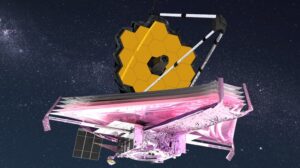
The primary mirror of NASA’s James Webb Space Telescope unfolded into place Jan. 8, completing the major steps in the post-launch deployment of the giant observatory.
Webb deployment complete
Saturday, 08 January 2022 18:00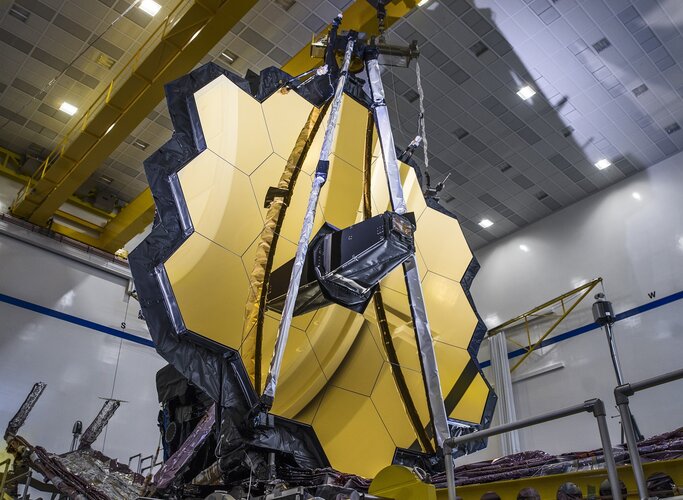
Today the James Webb Space Telescope team successfully fully deployed its iconic 6.4-metre, gold-coated primary mirror, completing the final stage of all major spacecraft deployments to prepare for science operations.
NASA’s Webb Telescope Reaches Major Milestone as Mirror Unfolds
Saturday, 08 January 2022 16:16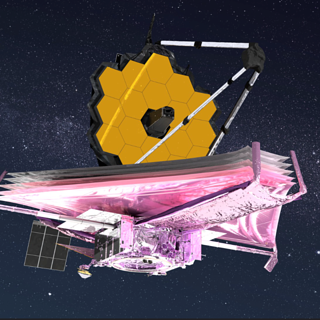 NASA’s James Webb Space Telescope team fully deployed its 21-foot, gold-coated primary mirror, successfully completing the final stage of all major spacecraft deployments to prepare for science operations.
NASA’s James Webb Space Telescope team fully deployed its 21-foot, gold-coated primary mirror, successfully completing the final stage of all major spacecraft deployments to prepare for science operations. From contractor to satellite operator: Q&A with Sidus Space CEO Carol Craig
Friday, 07 January 2022 20:57
Sidus Space became a public company in December to help transform the Space Coast government contractor into a commercial satellite constellation operator. SpaceNews interviewed Sidus Space CEO Carol Craig, who became the first woman owner-founder of a space company to go public, to learn more about the plans as its first satellite aims to launch late this year.
Webb's primary mirror deployment has begun
Friday, 07 January 2022 19:47
Engineers have begun the final stage of Webb's major structural deployments: the unfolding of its two primary mirror wings. These side panels, which were folded back for launch, each hold three of the observatory's 18 hexagonal, gold-coated mirror segments.
The team is beginning today with the mirror wing on the port (left) side of the observatory. Engineers must first release mechanisms that held the wing in place for launch, in order to allow the wing to deploy. The panel then rotates into position, a motor-driven process that takes about five minutes. Once the wing is extended, engineers begin a meticulous, two-hour process to securely latch it into place.
The deployment of the second primary mirror wing, planned for tomorrow, will follow the same process.
Explore further
Our galaxy's most recent major collision
Friday, 07 January 2022 16:50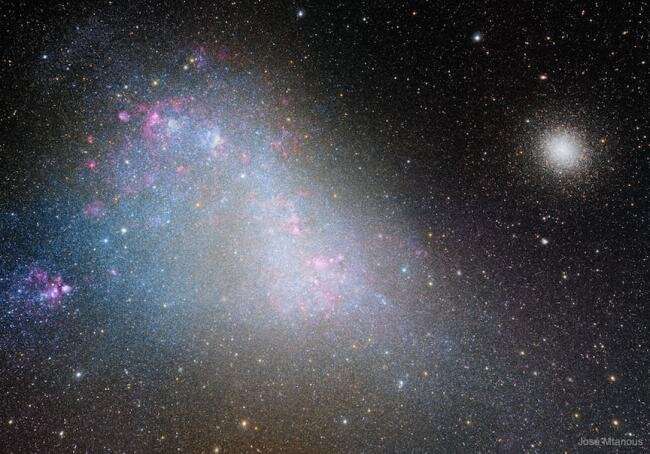
Why doesn't Webb have deployment cameras?
Friday, 07 January 2022 14:32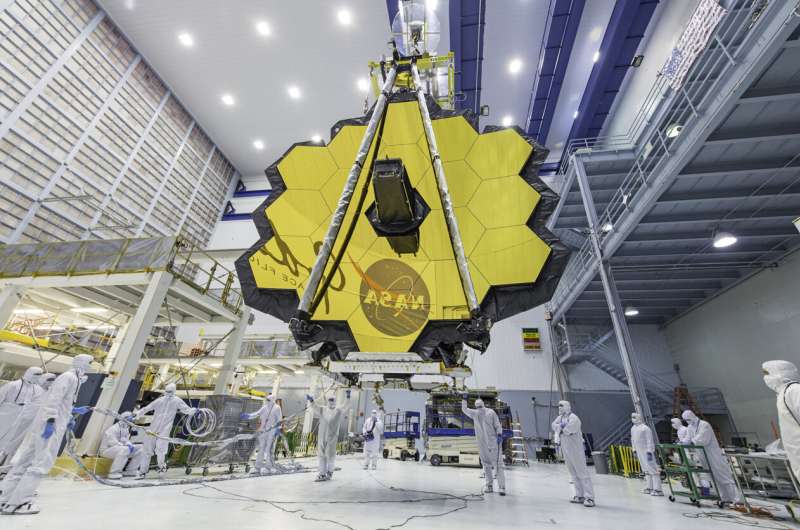
As NASA's James Webb Space Telescope makes its way out to its intended orbit, ground teams monitor its vitals using a comprehensive set of sensors located throughout the entire spacecraft. Mechanical, thermal, and electrical sensors provide a wide array of critical information on the current state and performance of Webb while it is in space.
A system of surveillance cameras to watch deployments was considered for inclusion in Webb's toolkit of diagnostics and was studied in-depth during Webb's design phase, but ultimately, this was rejected.
"Adding cameras to watch an unprecedently complicated deployment of such a precious spacecraft as Webb sounds like a no-brainer, but in Webb's case, there's much more to it than meets the eye," said Paul Geithner, deputy project manager—technical for the Webb telescope at NASA's Goddard Space Flight Center. "It's not as straightforward as adding a doorbell cam or even a rocket cam."
First of all, Webb is big, undergoes many configuration changes during deployment, and has many specific locations of import to deployment.
Scientist aims to ensure 'microbe-free' Mars samples
Friday, 07 January 2022 14:32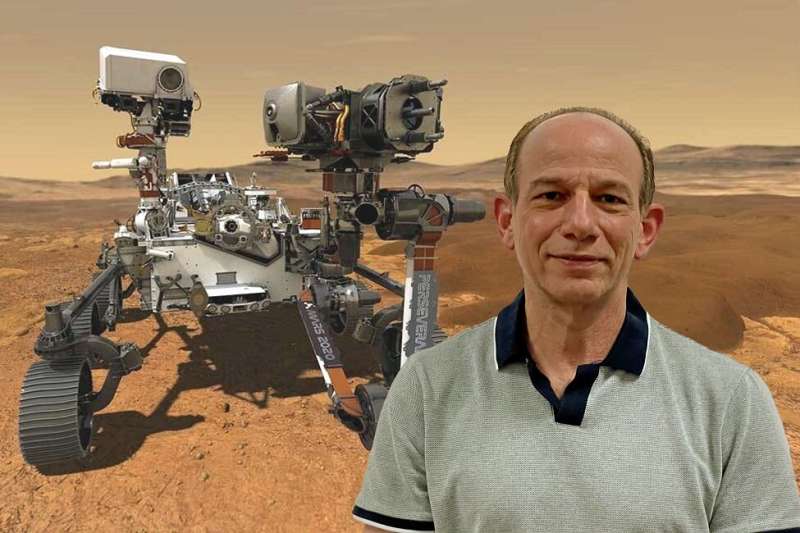
The Mars 2020 Perseverance Rover is collecting samples in search of signs of ancient microbial life, which would advance NASA's quest to explore the past habitability of Mars. The samples are set to return to Earth no earlier than 2031, as part of the Mars Sample Return campaign being planned by NASA and the European Space Agency. Before the rover went to space, NASA and its engineers worked hard to prevent Earth's microbes from contaminating Mars. Now, before the samples collected by the rover return to Earth, Florida Atlantic University is helping NASA design protocols for sterilizing Mars material and protecting our biosphere.
Gregg Fields, Ph.D., executive director of FAU's Institute for Human Health and Disease Intervention (I-HEALTH) and a professor in the Department of Chemistry and Biochemistry in the Charles E. Schmidt College of Science, is working in collaboration with a team of scientists to ensure a "microbe-free" return of Mars samples in a vessel with multiple layers of protection.
Webb's specialized heat radiator deployed successfully
Friday, 07 January 2022 14:26
At about 8:48 a.m. EST, a specialized radiator assembly necessary for Webb's science instruments to reach their required low and stable operating temperatures deployed successfully. The Aft Deployable Instrument Radiator, or ADIR, is a large, rectangular, 4- by 8-foot panel, consisting of high-purity aluminum subpanels covered in painted honeycomb cells to create an ultra-black surface. The ADIR, which swings away from the backside of the telescope like a trap door on hinges, is connected to the instruments via flexible straps made of high-purity aluminum foil. The radiator draws heat out of the instruments and dumps it overboard to the extreme cold background of deep space.
The deployment of the ADIR—a process that released a lock to allow the panel to spring into position—took about 15 minutes.
Webb's final series of major deployments is planned to start tomorrow, Jan. 7, with the rotation into position of the first of two primary mirror wings. The second primary mirror wing—Webb's final major spacecraft deployment—is planned for Saturday, Jan. 8.
Arianespace looks to transitions of vehicles and business in 2022
Friday, 07 January 2022 12:04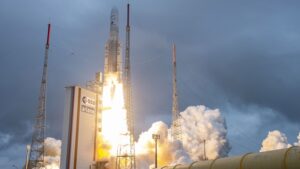
After its most active year in two decades capped by the launch of the James Webb Space Telescope for NASA, Arianespace is heading into a period of transition in 2022 marked by the introduction of new vehicles and a changing mix of customers.
Ariane 6 launch complex – December 2021
Friday, 07 January 2022 08:30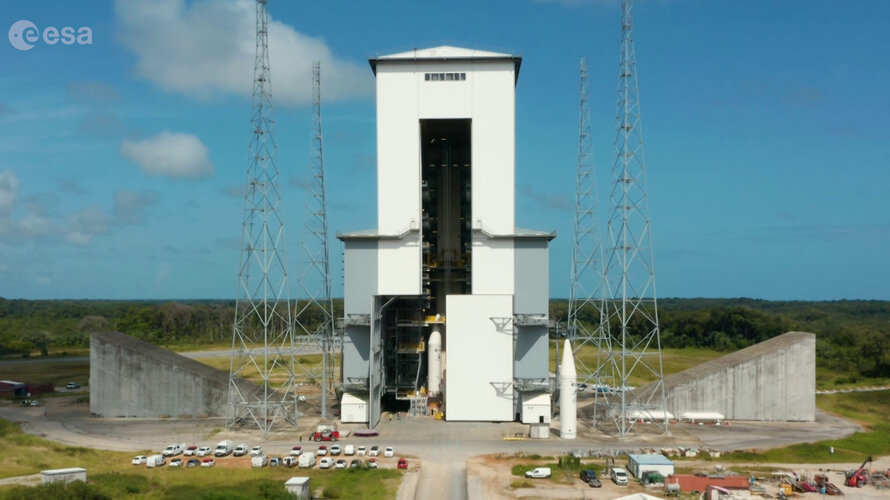 Video:
00:02:15
Video:
00:02:15
Tour the new launch complex for Ariane 6 at Europe's Spaceport in French Guiana.
First, enter the launch vehicle assembly building which is 20 m tall, 112 m long, and 41 m wide, located a kilometre away from the launch zone. It is used for horizontal integration and preparation of the central core of Ariane 6 – its main stage and upper stage – before it is rolled out to the launch zone.
The hydrogen and oxygen storage facilities connect to the launch pad via underground pipes as part of the launch support systems.
The 8200 tonne 90 metre-high mobile
Japan tycoon Maezawa returns from space with business dreams
Friday, 07 January 2022 08:04
"Space now," was what Japanese billionaire Yusaku Maezawa wanted to tweet for years. He finally really did it, from the International Space Station.
"The space market holds so much potential," he said Friday at the Foreign Correspondents' Club in Tokyo, his first news conference in Japan after returning to earth before Christmas.
Maezawa, who heads a company called Start Today, is preparing to invest in various businesses which may develop from the ongoing research by NASA, the Japanese equivalent called JAXA and others.
